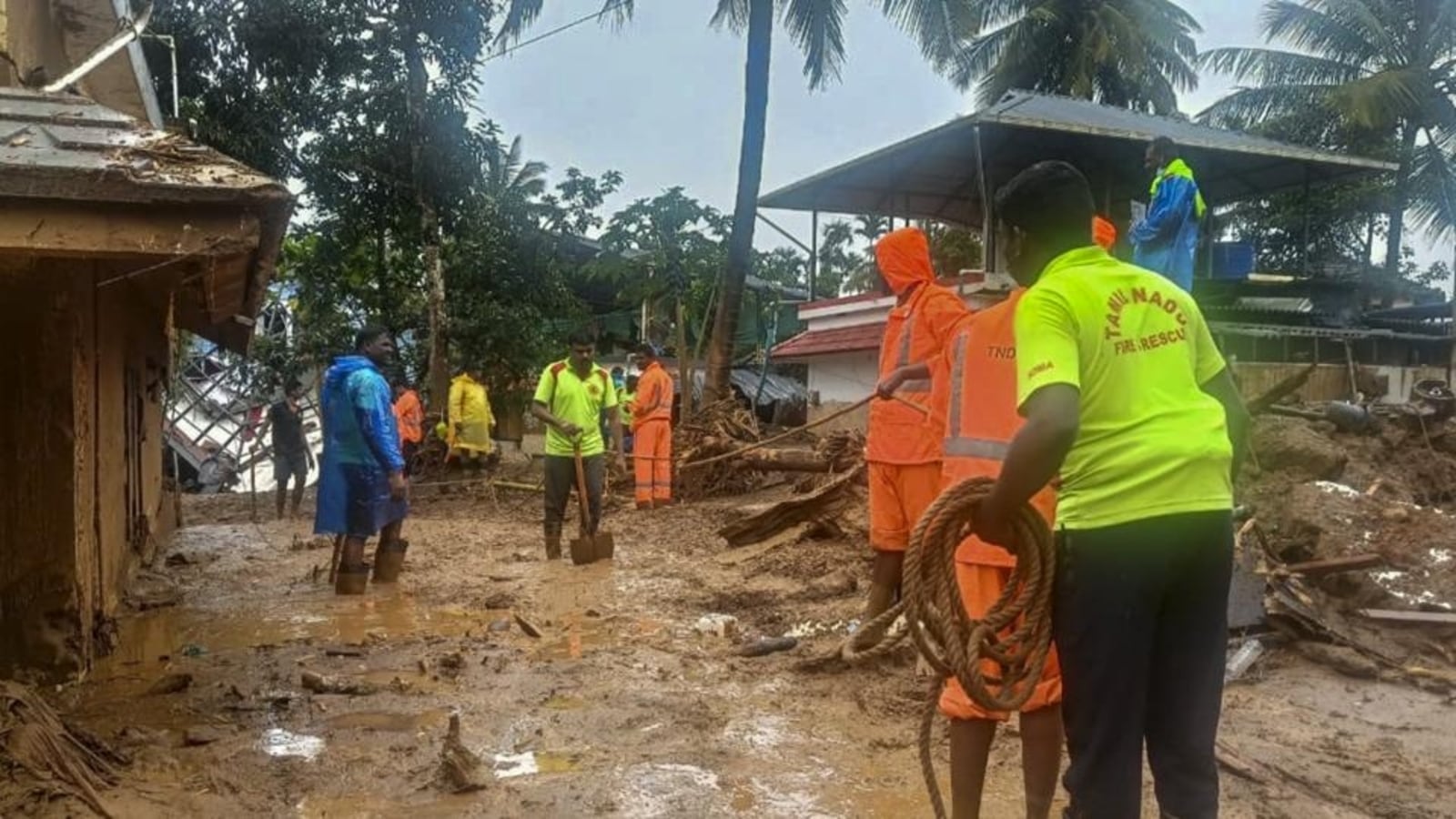 |
|
The devastating landslides that ravaged Kerala's Wayanad district serve as a stark reminder of the growing vulnerability of the region to climate-driven disasters. Experts attribute this heightened susceptibility to a combination of factors, including the monsoon's altered character due to climate change and Kerala's unique geographic features. The state, renowned for its picturesque landscapes and lush greenery, faces a complex interplay of natural and human-induced factors that contribute to its vulnerability.
The erratic rainfall patterns witnessed in recent years are directly linked to the warming of the sea surface, leading to increased moisture availability in the atmosphere. This enhanced moisture content fuels the formation of heavy rain events, exacerbating the risk of flooding and landslides. The situation is further compounded by poor planning and unsustainable development practices, which often encroach upon sensitive ecosystems and disrupt natural drainage systems. The consequences of these choices are evident in the form of intensified disasters that devastate communities and disrupt livelihoods.
Kerala's unique topography, characterized by its undulating terrain with the Western Ghats mountain range running along its eastern border, plays a significant role in amplifying the effects of heavy rainfall. The steep slopes and fragile soil make the region prone to landslides, especially when torrential downpours saturate the ground. The state's coastal areas are also vulnerable to flooding, as rising sea levels and storm surges exacerbate the impacts of heavy rains. Climate change is further intensifying these threats, shifting rainfall patterns and altering the intensity and frequency of extreme weather events.
The impacts of climate change are not limited to Kerala but are felt globally, with rising temperatures and altered rainfall patterns disrupting ecosystems and endangering communities. The increasing frequency and severity of extreme weather events, including floods, droughts, heatwaves, and wildfires, are clear indicators of the climate crisis. The need for a coordinated global response to address climate change is more urgent than ever, with the future of our planet hanging in the balance.
In the case of Kerala, the need for sustainable land-use planning and disaster preparedness measures is paramount. By adopting responsible development practices and investing in early warning systems, the state can mitigate the risks associated with climate-driven disasters. Moreover, promoting awareness and education about the impacts of climate change is crucial to fostering a culture of resilience and adapting to the evolving challenges posed by a changing climate.
Source: Erratic rain pattern, topography behind Kerala’s vulnerability to disasters
